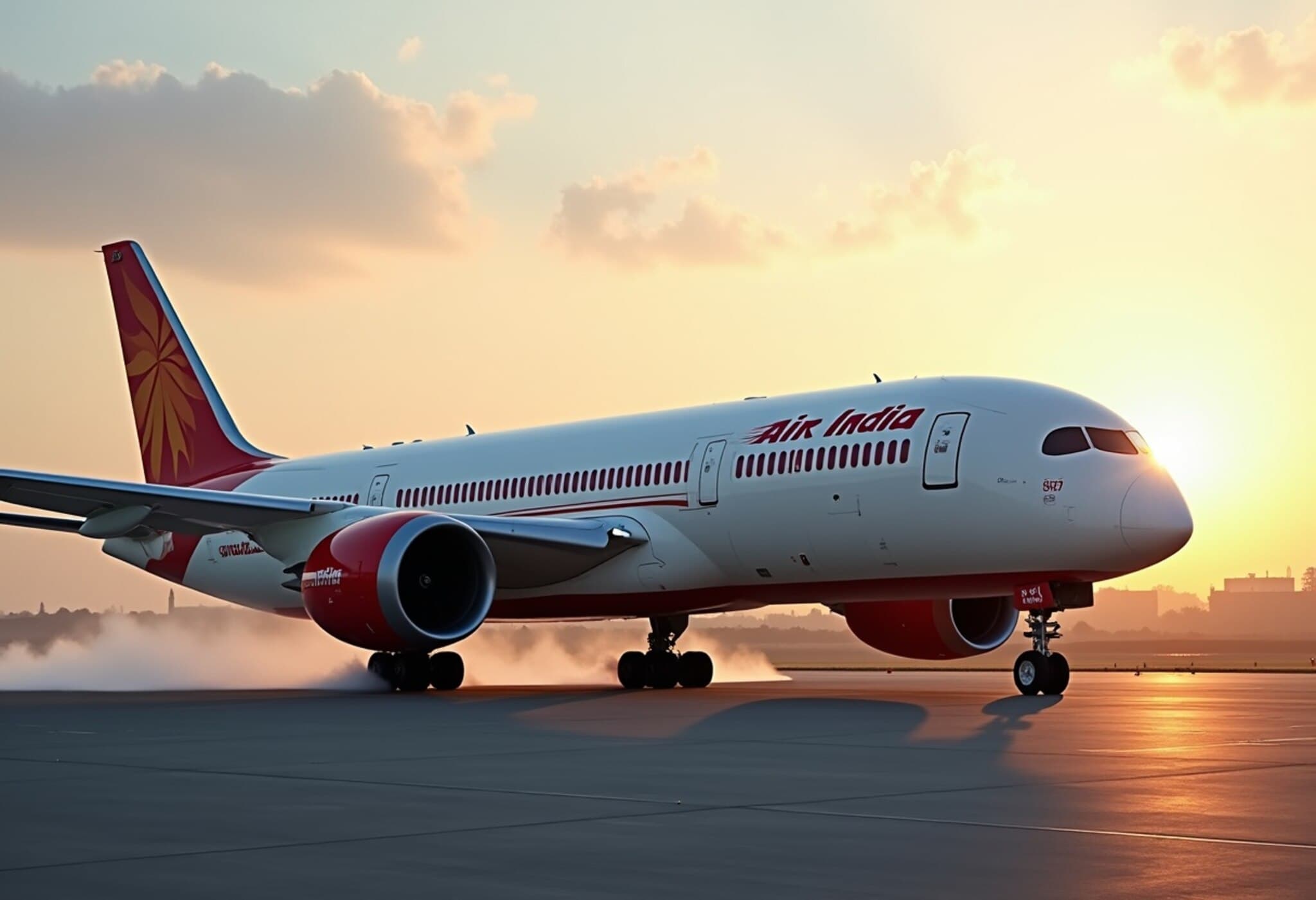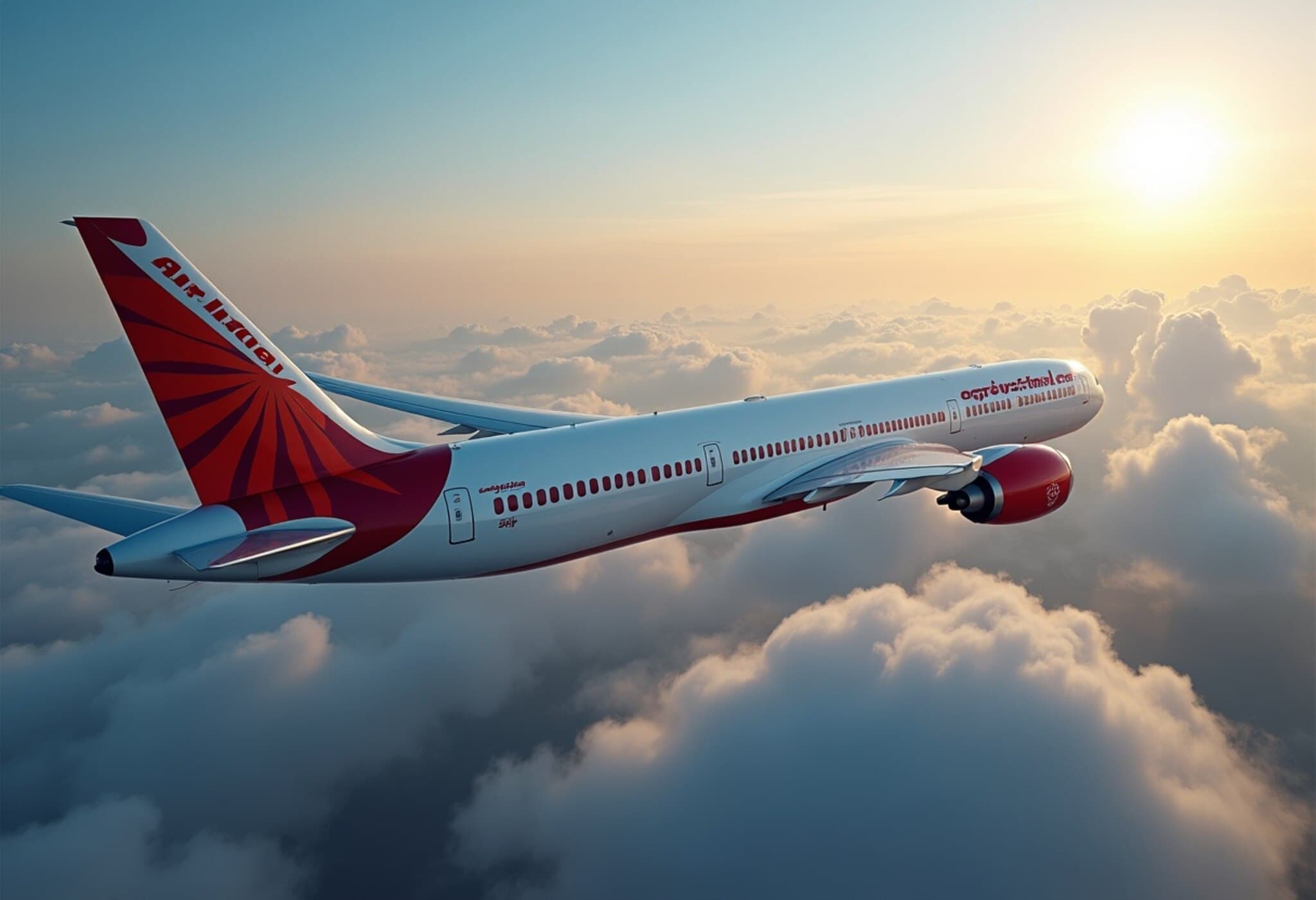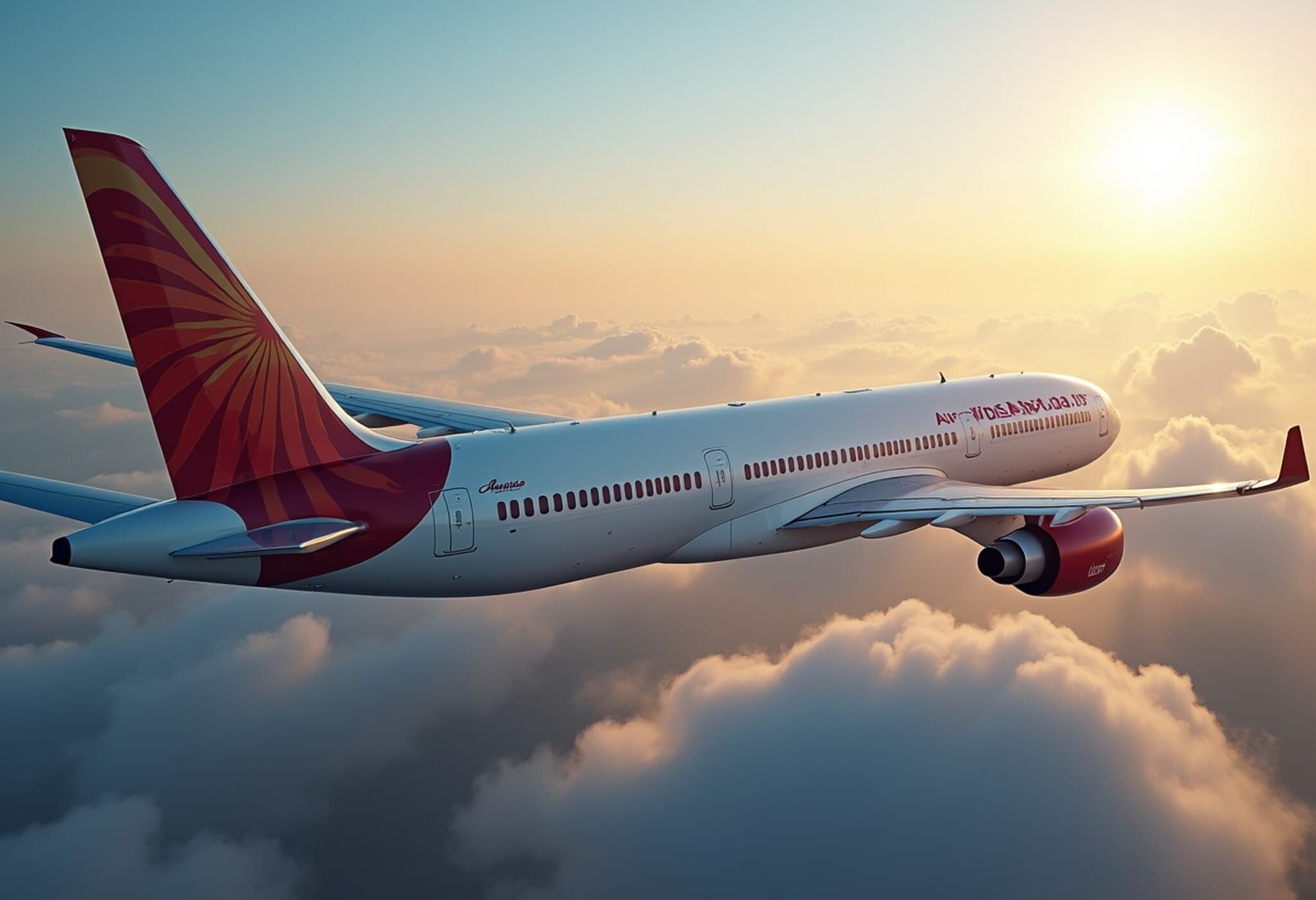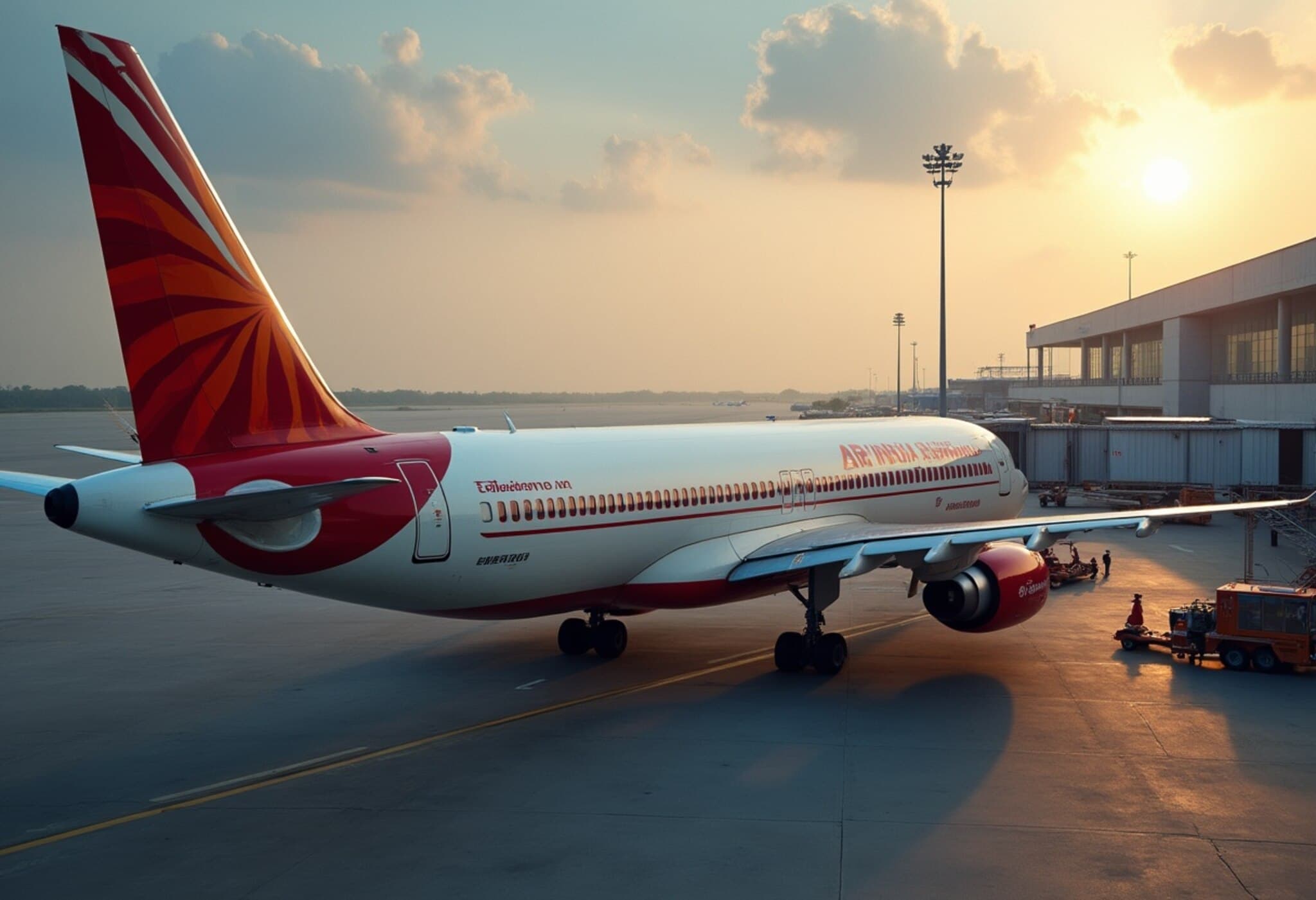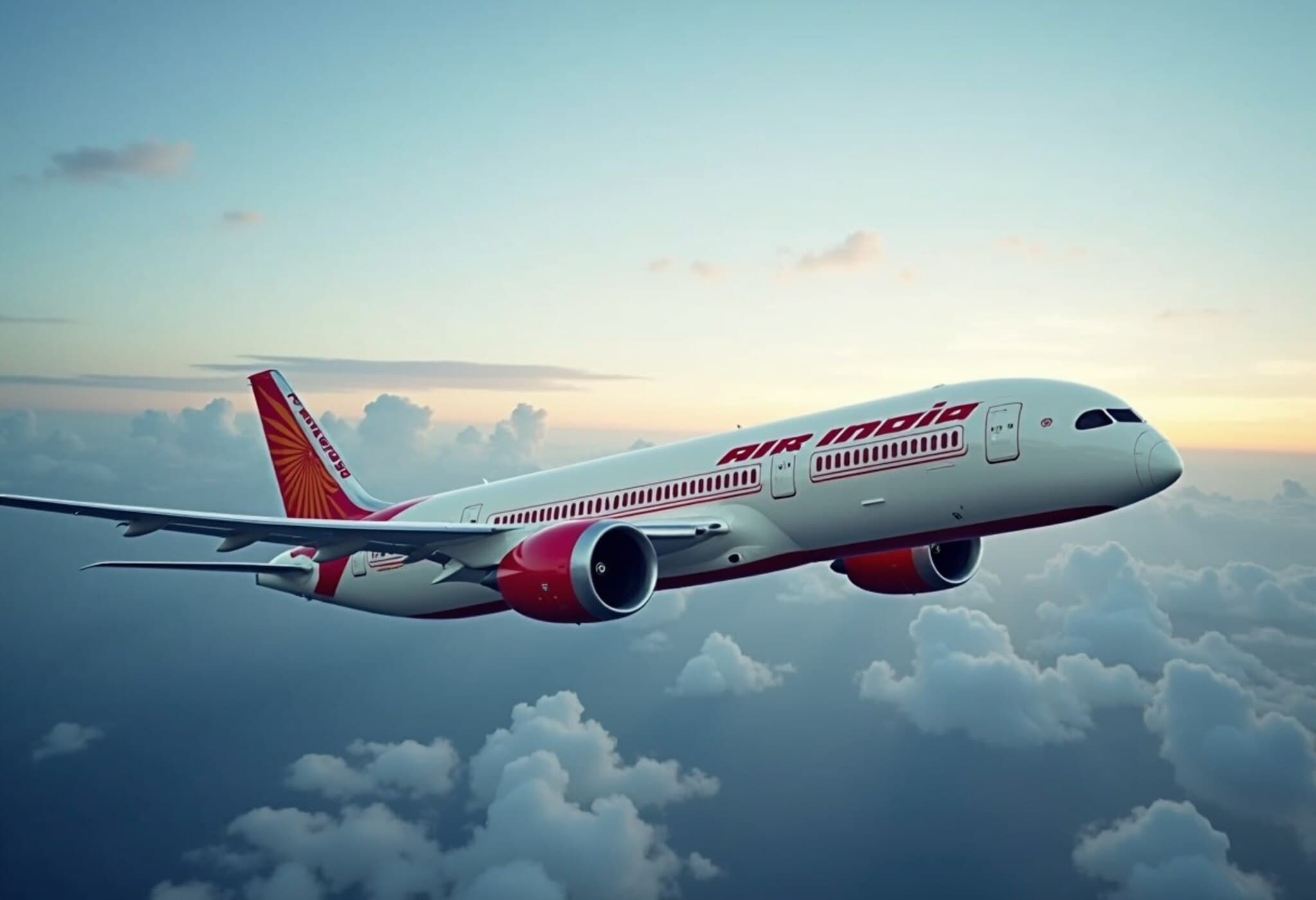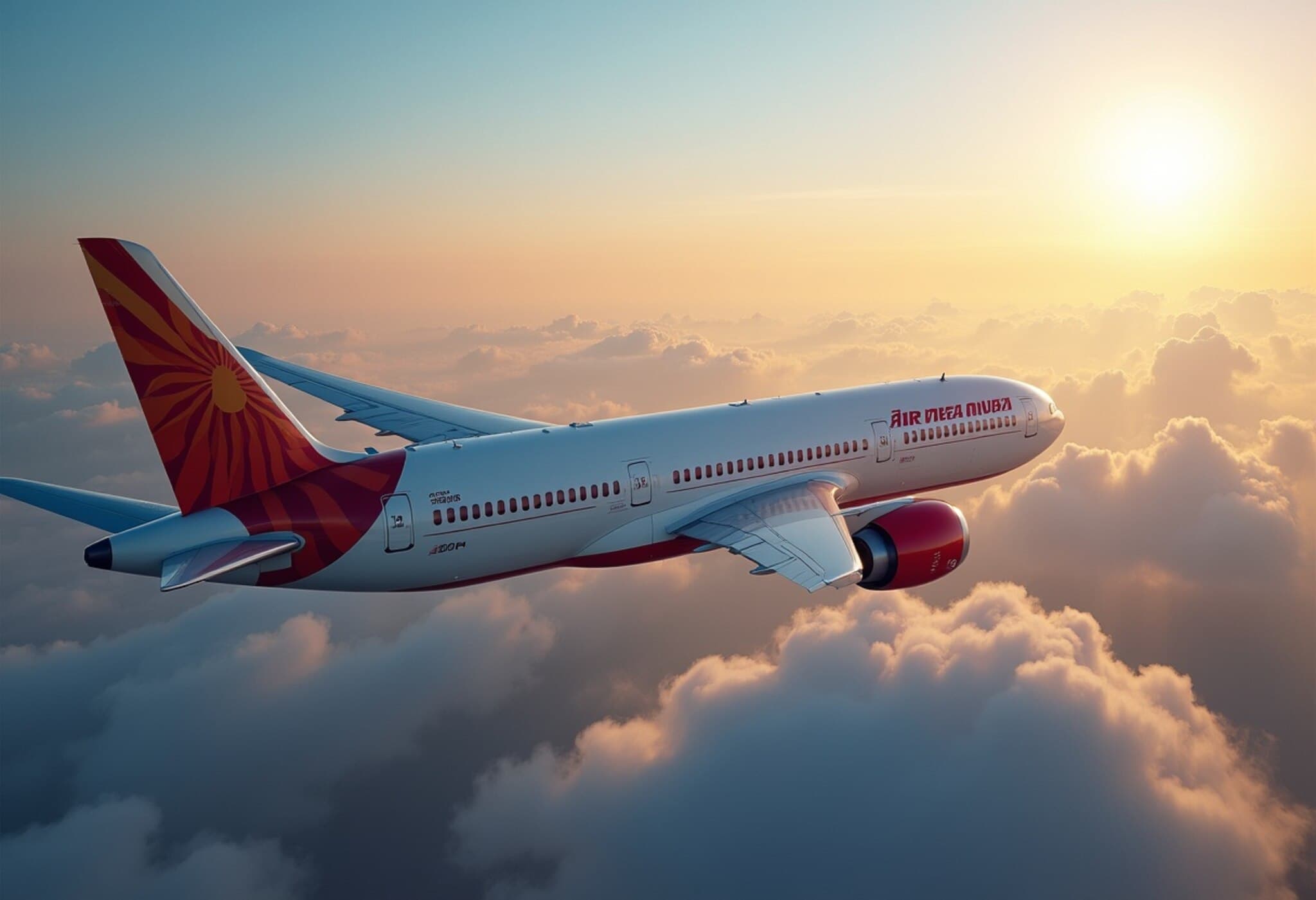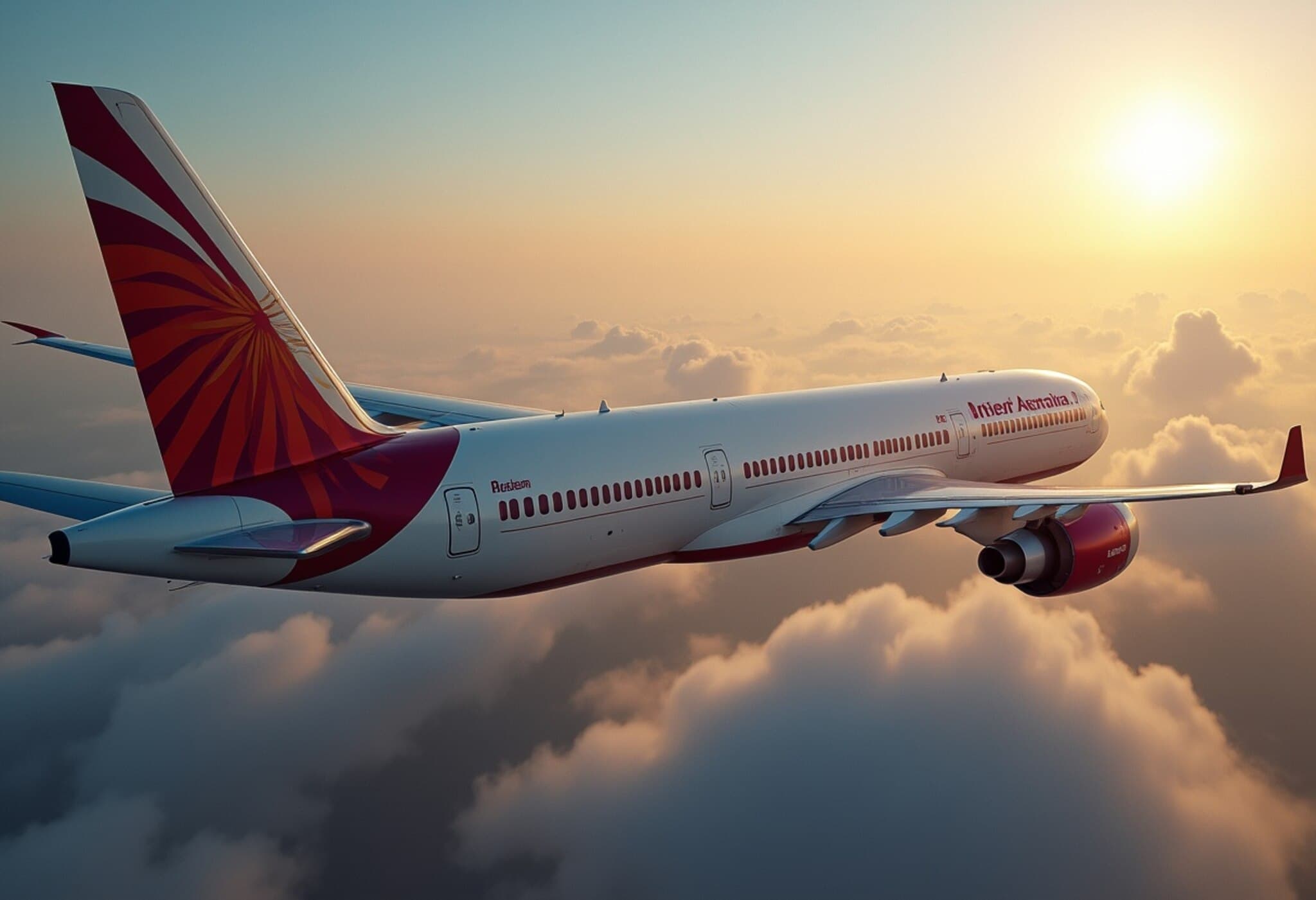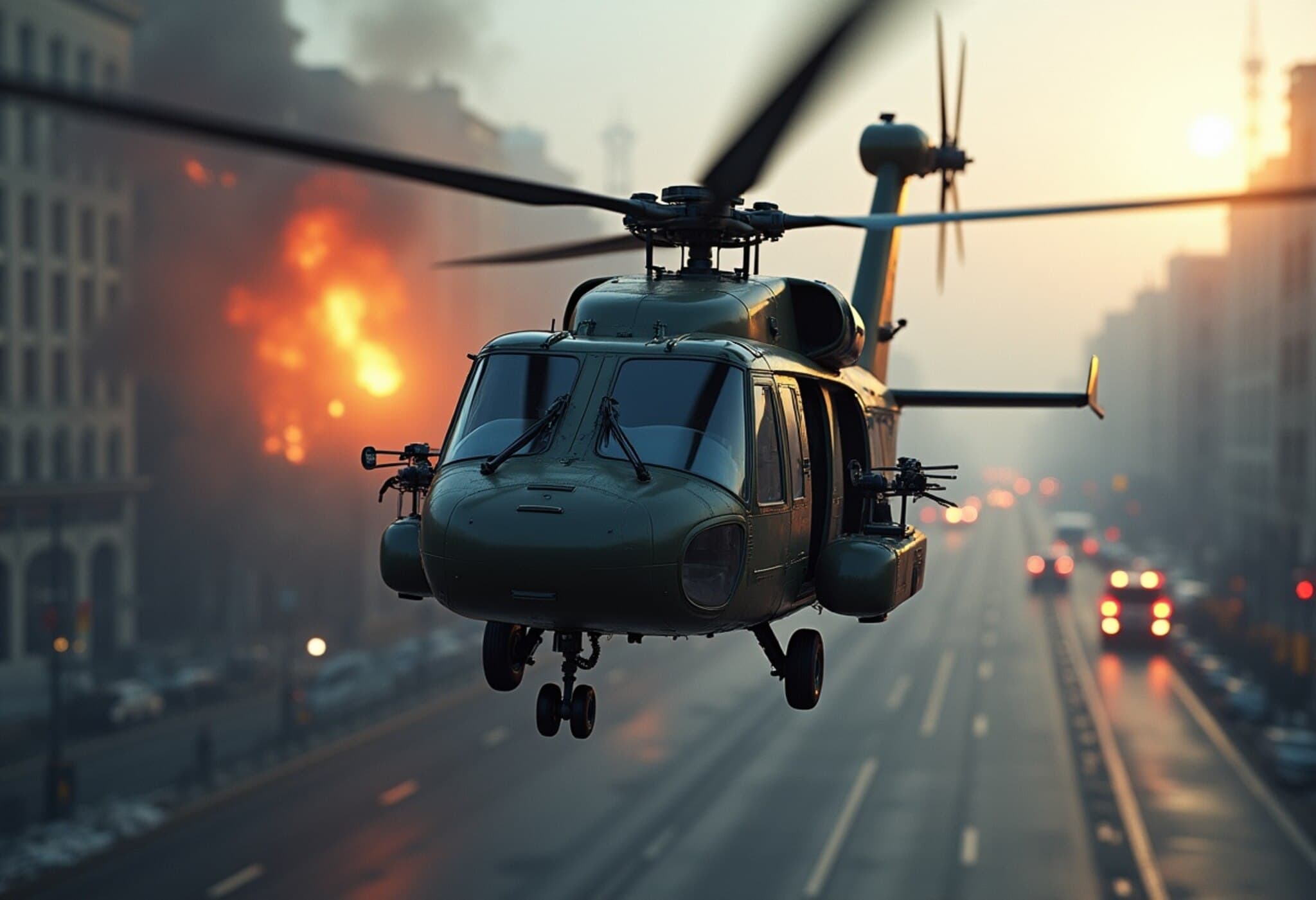Air India Boeing 787 Dreamliner Aborts London-Bound Takeoff Over Technical Glitch
On July 31, 2025, Air India flight AI2017, scheduled to fly from Delhi to London, was forced to abort its takeoff due to a suspected technical issue. The Boeing 787 Dreamliner, a modern long-haul aircraft, halted its ascent after the cockpit crew prudently decided to discontinue the takeoff run, prioritizing passenger safety above all.
Precautionary Measures and Passenger Reaccommodation
Following the aborted takeoff, passengers were promptly asked to disembark while technical teams conducted thorough inspections to identify and resolve the problem. Demonstrating operational resilience and commitment to customer care, Air India arranged an alternative aircraft to ensure that travelers could continue their journey to London without significant delay.
An Air India spokesperson commented: "Flight AI2017, operating from Delhi to London, returned to the bay due to a suspected technical issue. The cockpit crew followed standard protocols by discontinuing the takeoff run and carrying out precautionary checks. An alternate aircraft was deployed to fly passengers onward."
Contextualizing the Incident Amid Recent Aviation Tragedy
This incident comes at a sensitive time for Air India, following the tragic crash of another London-bound flight earlier in June in Ahmedabad that claimed 241 lives. The crash stirred intense scrutiny over the airline’s safety procedures and aircraft maintenance, especially with the revelation that the pilot’s distress calls indicated engine thrust problems.
The preliminary investigation by India’s Aircraft Accident Investigation Bureau (AAIB) highlighted alarming cockpit communications: "Thrust not achieved… falling… Mayday! Mayday!" This harrowing moment preceded the plane’s loss of altitude and eventual crash. The flight carried 230 passengers, including a diverse group of nationals, underscoring the widespread impact of the tragedy.
Regulatory and Industry Response
In response, the Indian government swiftly established a high-level committee to scrutinize the crash causes and recommend enhancements to aviation safety protocols. Focus areas include emergency procedures, engine performance evaluation, and equipment checks such as flap settings and landing gear operations.
As the investigation proceeds, Air India and regulatory authorities continue to probe technical parameters like engine thrust capacity and aircraft mechanical systems implicated in the crash.
Expert Insights and Broader Implications
Aviation safety analysts underscore that aborted takeoffs — while unsettling — often reflect robust safety cultures where crew training enables early detection of anomalies, potentially averting disasters. However, the proximity of these two incidents raises critical questions:
- Are existing maintenance and pre-flight inspection protocols sufficient to identify subtle technical faults?
- How is Air India strengthening pilot training and decision-making frameworks under pressure?
- What role do aging aircraft fleets and increasing flight frequencies play in long-term operational risk?
Experts also caution that transparency in sharing investigation findings is vital to rebuilding trust among travelers and global aviation stakeholders.
Looking Forward
While the successful handling of AI2017’s aborted takeoff reflects well on Air India’s immediate crisis management, systemic improvements remain essential to ensure sustained safety. The aviation community and flying public alike await comprehensive reports that will inform policy and technical reforms to prevent recurrence.
Editor’s Note
This incident, set against the backdrop of a recent fatal crash, highlights the fragile balance airlines must maintain between operational demands and uncompromising safety standards. It serves as a reminder that behind every mechanical check and emergency protocol lies human lives and trust. Vigilance, transparent investigations, and proactive reforms are the cornerstones of aviation reliability going forward.

